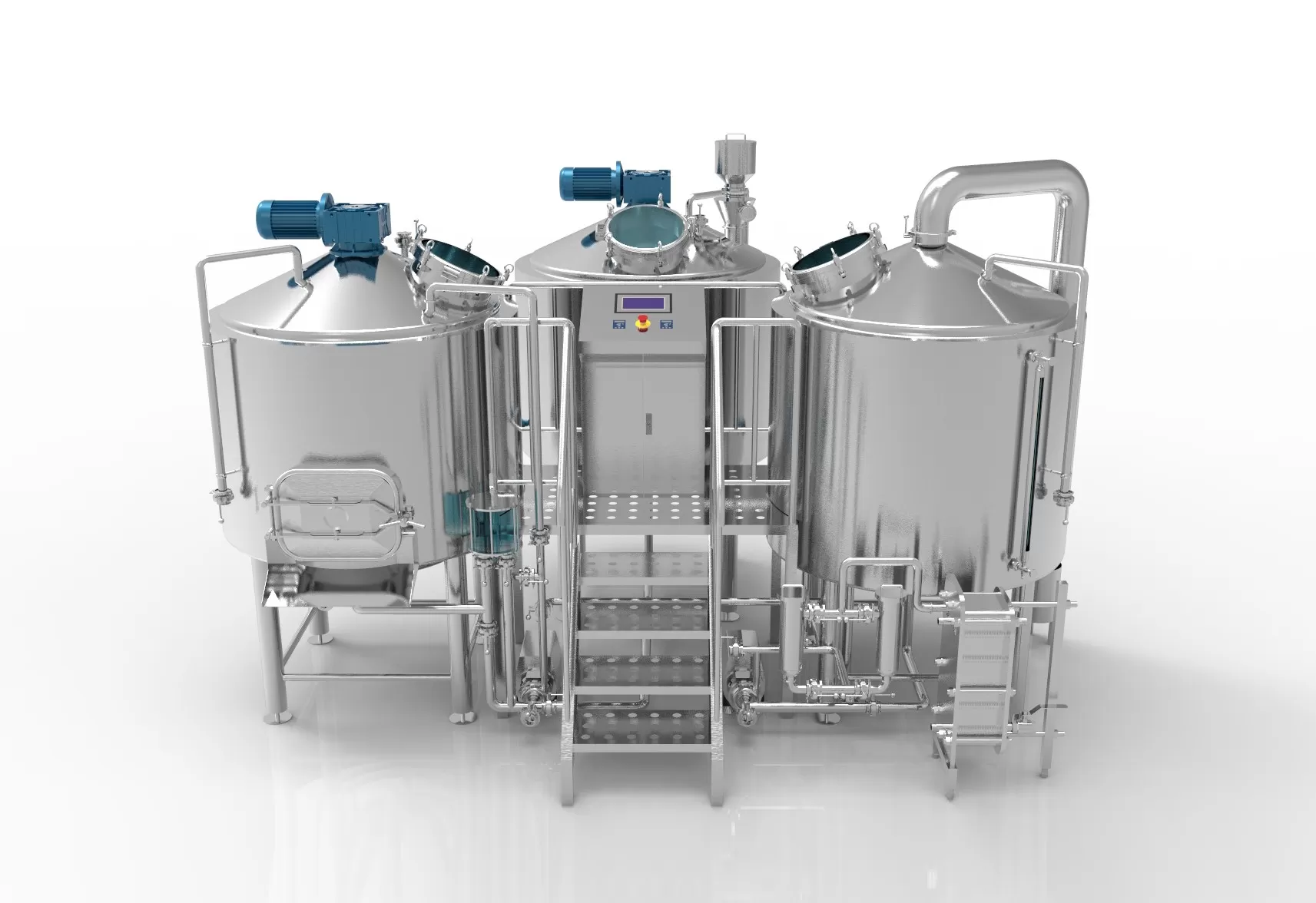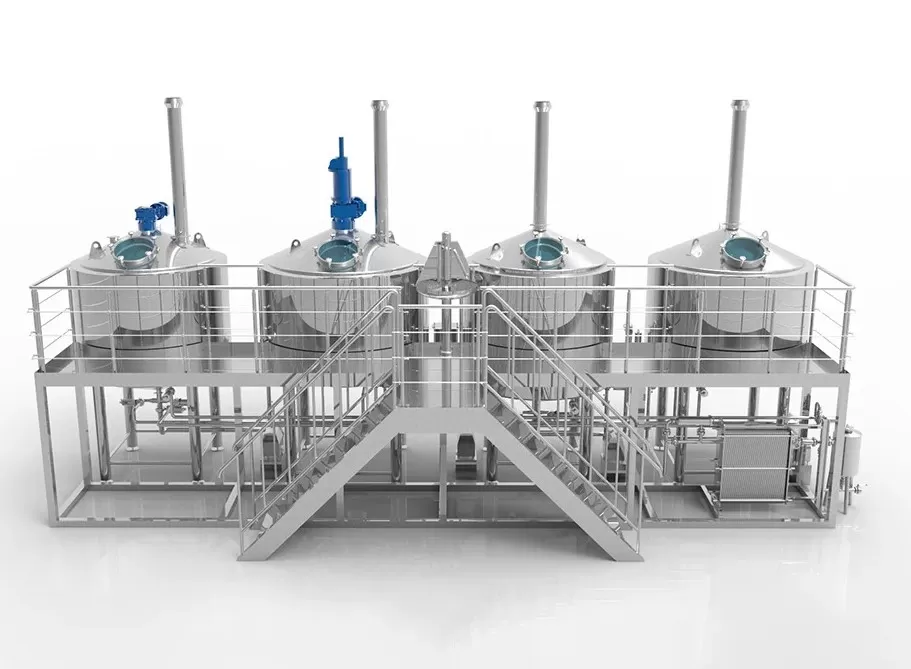For most of us, extract brewing is where it all started. Extract brewing is a simplified process compared to whole grain brewing. It omits a major step (brewhouse) in whole grain brewing and has a shorter brewing time. Whether you’re a brewer new to brewing with extracts or a seasoned veteran looking to brew great beer . Micet has some tips and tricks to help you get started brewing.
What is an extract?
There are two kinds of malt extracts when brewing beer. Both dry and liquid forms are made from whole grain paste but have gone through a boiling process at the manufacturer’s factory.
Dried Malt Extract (DEM)
The concentrated wort, in its powder form, undergoes a complete evaporation process via “spray drying”, thereby removing almost all moisture. It has no enzymatic capabilities, so you can’t “mash” with it, but it can be used as a base malt for any beer. One pound of dry malt extract dissolved in one gallon of water equals 1.045 SG (starting gravity). DME is available in light, pilsner, amber, dark, Bavarian wheat and rice versions.
Liquid Malt Extract (LME)
Concentrated, unfermented wort in the form of a thick syrup. It looks like dark maple syrup and has the consistency of honey. Liquid malt extract has a water content of around 20%, with the remaining 80% consisting of sugar and non-fermentable solids that are critical to beer brewing. One pound of liquid malt extract dissolved in one gallon of water will yield 1.035 raw wort. LME also comes in many types, including Pilsner, Extra Pale, Pale Ale, Sea Otter, Bavarian Wheat, Munich Wheat, Rye, Rye, and Sorghum, among others.
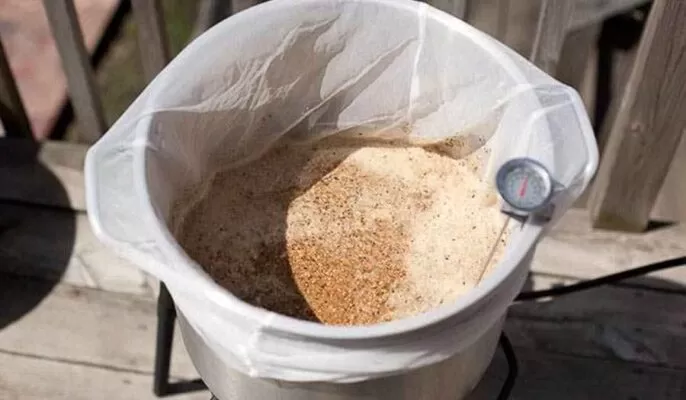
Know your brewery
If an extract brewer hopes to brew high-quality beer, he should understand the details of his system and how they affect his brewing. Brew extract versions of beers brewed with all-grain friends or extract clones of your favorite beers. Taste your beer side by side with an all-grain or commercial beer, noting every difference you can. How do color, bitterness, malt character and yeast quality stack up? Once you have this information, use the following information to correct or adjust any problems you may encounter.
Increase wort volume
The biggest improvement most extract brewers can make to their process is to boil the wort in larger volumes. Early home brewing books instruct brewers to boil a 5 gallon (19 L) batch of malt extract in 1.5 gallons (5.7 L) of water. While this is convenient, this convenience comes at a price. Boiling a thick wort will definitely make it dark and limit the hop bitterness. Always cook wort at the largest volume you can control, no matter how much volume the recipe calls for.
Malt extract caramelization
Boil volume is not the only factor in wort darkening. Another problem is the possible caramelization of dissolved malt extract. When you stir malt extract into hot water, it doesn’t dissolve immediately or . Even when everything seems to dissolve, the little “droplets” of extract can stay intact for quite some time. These “spots” sink to the bottom of the beer jug and caramelize there. So whenever you stir the extract, turn off the heat and stir until you don’t see any undissolved extract, then stir again for a minute or so.
Two other factors in wort darkening are heat and time. The longer the wort is cooked, the darker it will be.
Fresh extract
Whether using extracts or whole grains, this should always be your first concern. Although malt extract is more processed than grains, it can go rancid. Due to the higher water content, liquid malt extract will begin to go rancid and continue to darken within a few months. Dried malt extract can remain viable for a longer period of time, but will also become stale over time. When choosing ingredients, make sure the ones you buy match the beer style you choose.
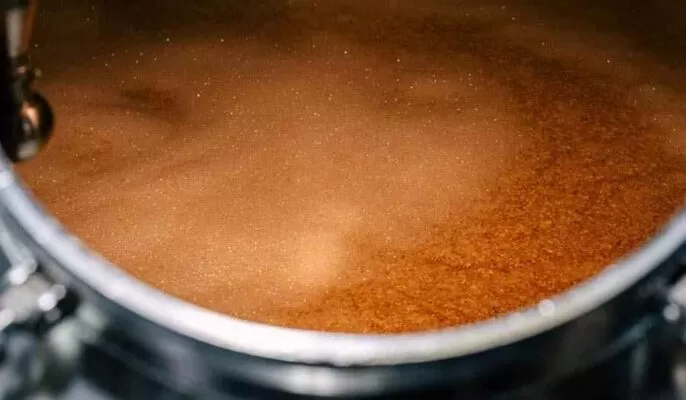
use special grains
Whole grains are what take advantage of some of the added qualities they bring to beer. Maceration imparts color, body and character to the wine. I recommend always using light malt extract as a base and then using specialty grains to add depth. Don’t rely on darker-colored extracts.
Specialty grains like crystal, black lacquer, chocolate, and coffee can be used to add color, texture, and complexity to your full-infused coffee.
Boiling
Ignore the boil volume given in the extract recipe. You want to boil as much wort as possible. you’d boil the entire volume, plus about 6-8% to account for evaporation. So, for a 5-gallon batch, a good pre-boil volume is at least 5.5 gallons.
Small boil volumes result in higher gravity boils, which reduces hop use and increases the potential for color pickup and caramelization.
Add sugar
Another major difference between whole grain and extract brewing is that whole malt worts made from grains are almost always easier to ferment than whole malt worts made from extracts. Early beer kits solved this problem by combining malt extract with fermentable sugars to produce a dry beer.
Hops
Boiling at a lower wort density goes a long way toward improving bitterness in extract brews. But, extract brewers should also make every effort to get the most from their hops.
Although boiling hops in a bag is convenient, this reduces the amount of bitter substances (alpha acids) extracted from the hops. Add loose hops to your brew tank. If you let the wort sit in the brew tank for half an hour after cooling, the granular sludge will settle to the bottom and you can siphon the clear wort away. Also, while it’s boiling, knock off any hop particle residue stuck to the sides of your hop kettle.
Cool down
Hot wort carries a lot more heat than you think, and the dilution water you added to bring the volume to 5 gallons (19 liters) isn’t cooling the wort as much as you might think. Purchasing a wort chiller is the best solution, but many beginners don’t buy this equipment in the first place.
The next best solution is to cool the wort in a sink or tub. By changing the cooling water every 5 minutes, you are sucking heat from the wort. Also, hop debris and other sediment may settle to the bottom of the jug during this time. Once the beer jug is cool to the touch (i.e. below body temperature), siphon the wort into the fermentation tank and add dilution water.
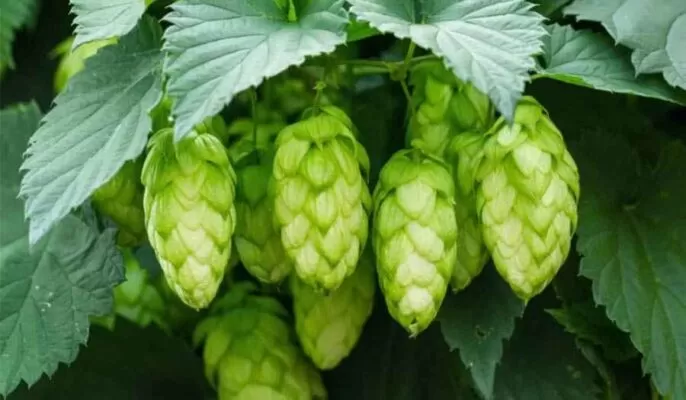
Water
Malt extract is a concentrate of wort that contains everything that wort is, including dissolved minerals. Any minerals in the dilution water will add to the (unknown) amount of minerals in the extract. Always use soft (or even distilled) water for brewing extracts unless you have a good reason not to. In some cases, adding a little calcium to the boil may be a good thing. But, if you try to make “Burton water” by adding salt to the brewing water, you will end up with “Burton plus” water due to the minerals already present in the malt extract. Micet engineers recommend that you use carbon to filter your city water.
Yeast
Once you’ve made your wort, yeast turns it into beer.
To brew the best beer, you need three things for your yeast: enough yeast growth, a stable fermentation temperature, and adequate aeration.
The first condition is where most extract brewers can improve. A sourdough starter can be made, or enough yeast can be obtained from a previous fermentation and added to the fermentation tank. The second condition can be achieved with the cooling and glycol system mentioned in the above article. The third condition is generally met.
In conclusion
The best aspect of extract brewing is that it’s easy, can be done in a short period of time, and doesn’t must a lot of specialized equipment. Improving the flavor of your craft beer doesn’t mean spending more time brewing or buying a lot of new equipment. If you follow the advice in this article, you’ll be sure to brew better-tasting craft beer.


